ASCI releases the report for Influencer Advertising in Digital Media
The Advertising Standards Council of India (ASCI) released the Guidelines for Influencer Advertising in Digital Media to ensure that branded promotions on social media by influencers are transparent. The regulations went into force on June 14th, 2021. ASCI also developed ASCI. Social, an online resource for influencers and brands to learn about the standards and use as a tool to help them be more responsible and honest on their social media accounts. Because the field of influencer marketing in India is so wide, ongoing education and outreach initiatives are necessary to guarantee that the sector works together to build a strong and responsible digital ecosystem.
This report is based on ASCI's efforts to monitor this guideline from July to December 2021.
ALSO READ: ASCI findings detail out which advertisements get the country worked up
Findings
ASCI began suo motto screening of social media sites and handling end-consumer complaints in July 2021, thanks to our relationship with Reech. We filtered roughly 5000 posts/stories/feeds from influencer handles over the course of six months. and have processed 719 posts that were deemed to be in violation of the criteria on the surface.
Out of the total complaints received, 21% were from end users, while the remainder were discovered on their own by our AI-based surveillance. End users have the most complaints about Instagram feeds and stories.
Out of the 719 posts reviewed, 577 (or 80%) influencers willingly altered or removed their posts, which is a great sign.
The Consumer Complaints Council of ASCI upheld 121 of the remaining 142 complaints, and influencers were requested to remove or modify their posts in response. Overall, Influencers complied with ASCI recommendations to the tune of 86%.
CATEGORIES WISE BREAK-UP
Ads without disclosures fell predominantly under four categories :
Fashion & Lifestyle (29%) Cosmetic (19%)
Food & Beverage (13%) & Personal Care (12%)
KEY VIOLATION OBSERVED
- Absence of Disclosures
- Inconsistency in disclosure: In Instagram stories, for example, while the initial story may carry a disclaimer, the subsequent stories may not.
- Incorrect disclosure placement – the disclosure labels were not placed in a way that was easily visible to the audience; for example, to see the disclosure, the viewer had to scroll down or click read more.




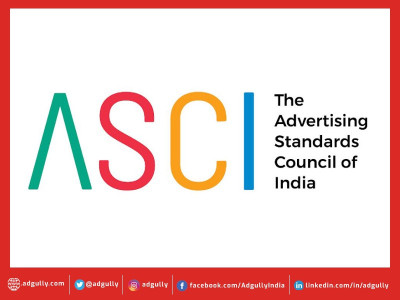

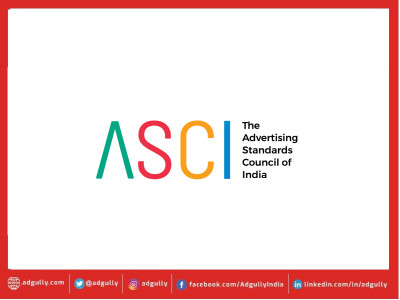
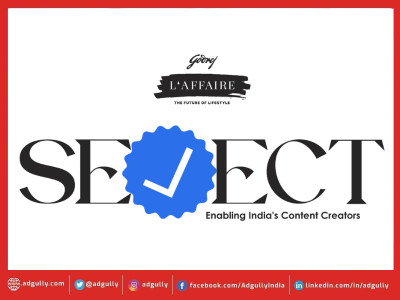

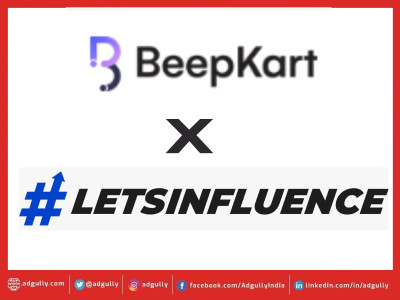



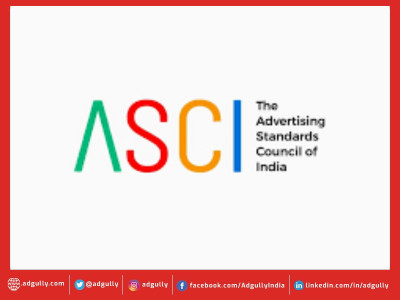



Share
Facebook
YouTube
Tweet
Twitter
LinkedIn